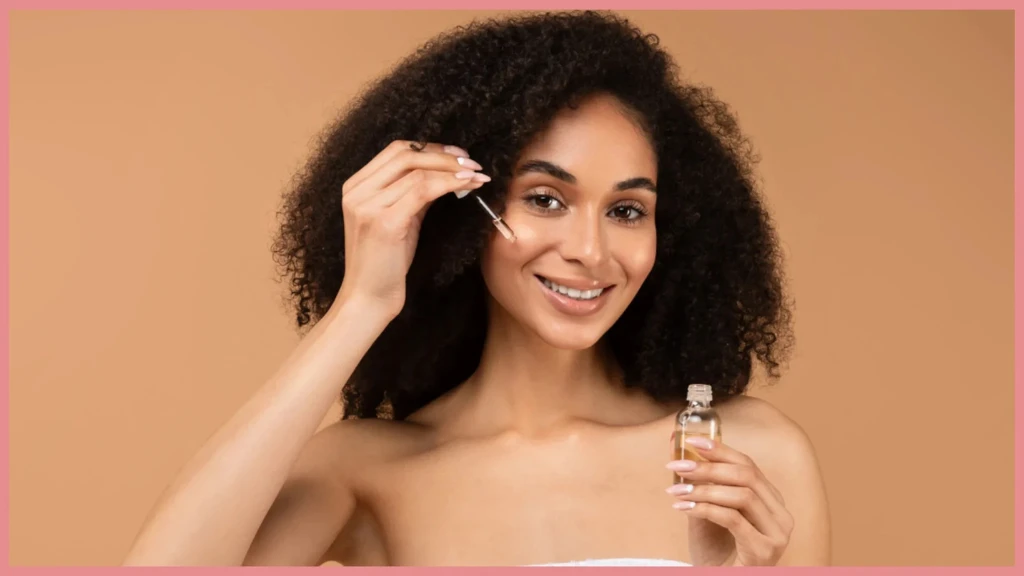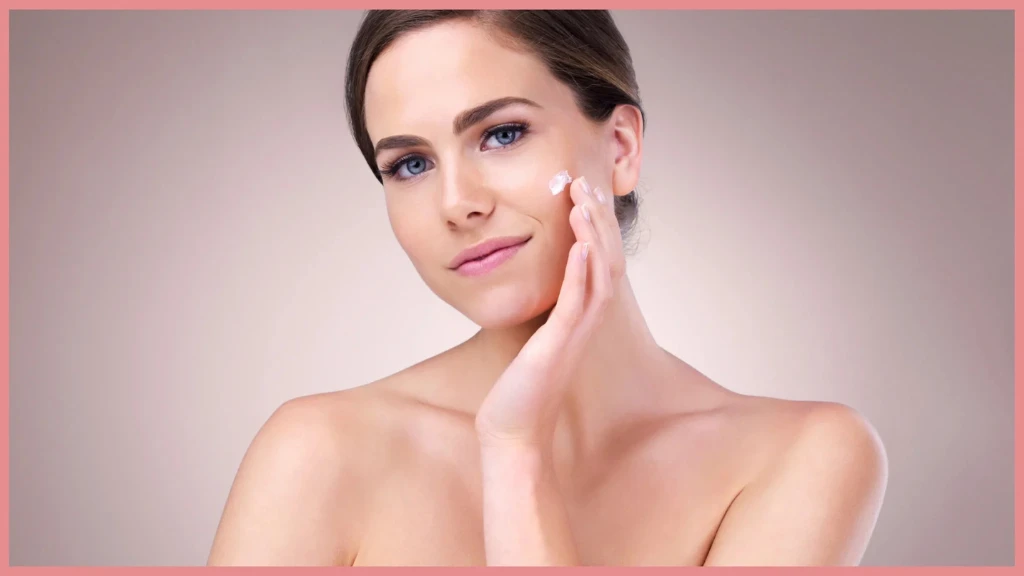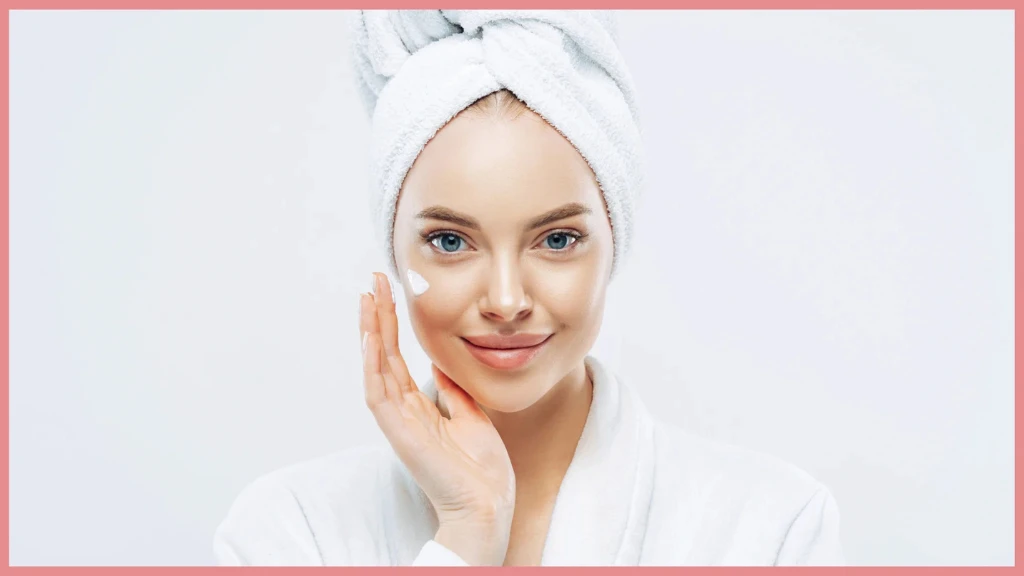Morning Skincare Routine: Step by Step
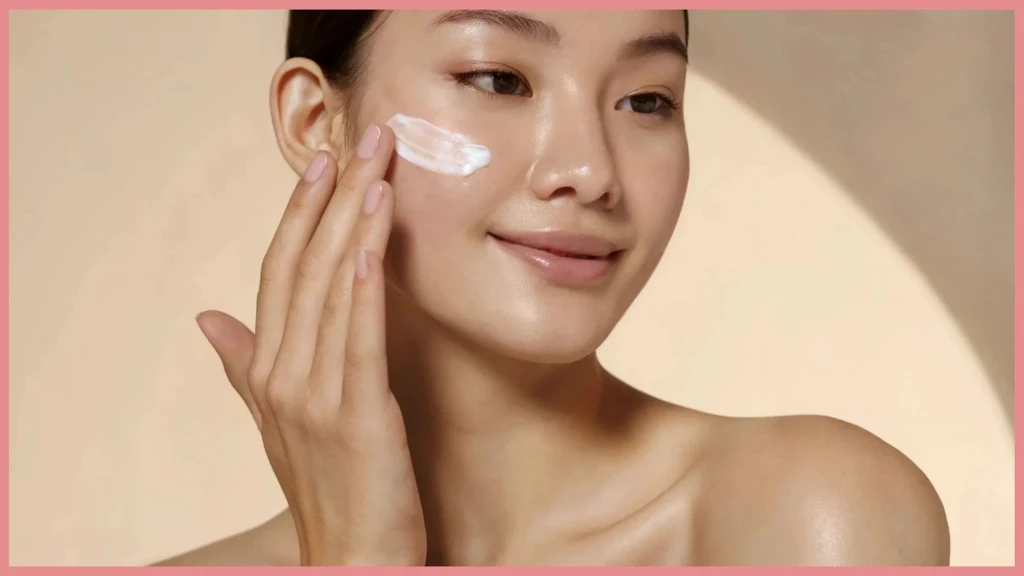
We all know how good it feels to wake up with clear, glowing skin—it just gives you that extra boost of confidence to take on the day, right?
Well, that’s why having a solid morning skincare routine can be the missing puzzle piece. It doesn’t just keep your skin looking fresh but also sets the perfect base for your makeup (if that's your thing) and helps your skin stay healthy in the long run.
One thing I’ve learned over the years? The order you apply your products is just as important as the products themselves. The key is to layer them from the lightest to the heaviest so that your skin can absorb everything properly.
A solid morning skincare routine helps protect your skin and maintain a healthy complexion throughout the day. If you're in your 40s and working on improving your skincare regimen, also check out the best anti-aging routine for women in their 40s and how to introduce new skincare products safely.
Let’s check this out step-by-step so you can put together the perfect routine tailored to your skin type.
Step-by-Step Morning Skincare Routine
Step 1: Cleanse
Starting your day with a clean slate is essential. Even if you washed your face before bed, your skin still accumulates oils and impurities while you sleep.
A good morning cleanse helps clear away any residue, leaving your skin fresh and ready to absorb your skincare products.
Choosing the Right Cleanser
Selecting a cleanser that suits your skin type is crucial. For those with normal or combination skin, gentle, low-pH cleansers maintain balance without stripping away your natural oils.
If you have oily skin like me or acne-prone skin, an oil-free foaming cleanser helps reduce excess sebum and prevents breakouts.
Meanwhile, dry or sensitive skin types benefit from cream cleansers that provide hydration and soothing effects. And if you’re in a rush or dealing with extra-sensitive skin, micellar water is a gentle option that cleanses without needing to rinse. I've used the Pink Cloud Jelly Cleanser from Amazon.com which was really effective.
Cleansing Technique
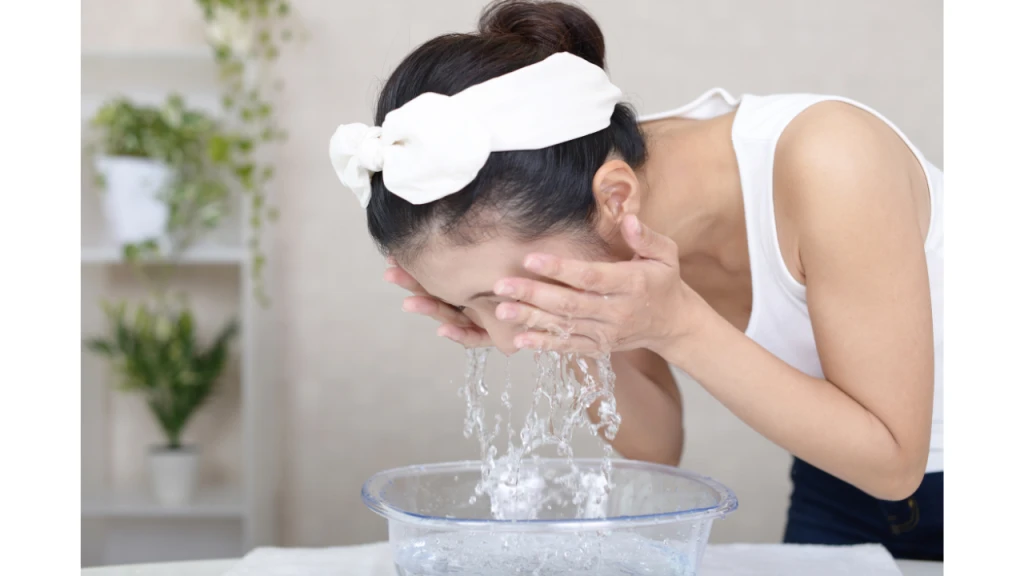
To get the most out of your cleanser, use lukewarm water to wet your face and gently massage the product in circular motions.
This not only cleanses but also promotes blood circulation. Afterward, pat your face dry with a clean towel—no harsh rubbing, as that can irritate your skin.
Step 2: Tone
Toners are often overlooked but play an essential role in prepping your skin. After cleansing, a toner helps balance your skin’s pH and primes it to better absorb your serums and moisturizers.
Types of Toners
Your choice of toner should match your skin’s needs. If your skin feels dry or tight after washing, a hydrating toner can provide an extra boost of moisture.
Exfoliating toners containing AHAs or BHAs are great for refining skin texture but should be used only a few times a week to avoid irritation.
On the other hand, mattifying toners help control oil production if your skin tends to get shiny throughout the day.
How to Apply Toner
There are two popular ways to apply toner. You can pour a small amount onto a cotton pad and gently sweep it over your face, or you can pour a few drops into your hands and pat it directly into your skin.
Either way, let it dry completely before moving on to the next step.
Step 3: Treat with Serums
This is where your skincare routine gets more personalized. Serums are potent treatments designed to target specific concerns. If you’re looking to brighten your complexion and protect against daily environmental damage, a vitamin C serum is a great choice.
For those with dry skin, a hyaluronic acid serum like The Ordinary's Hyaluronic Acid 2% + B5 Hydrating Serum from Amazon.com, will provide intense hydration, making your skin look more plump and smooth.
Niacinamide is ideal if you’re dealing with large pores, redness, or excess oil. For anti-aging benefits, peptides can help boost collagen and improve elasticity.
If your skin is prone to irritation, ingredients like green tea extract or azelaic acid can calm and soothe it.
Applying Serums Effectively

A little goes a long way with serums. Apply a few drops to your face and gently pat it in with your fingertips. Focus on areas where you have concerns, and let the serum fully absorb before layering the next product.
Step 4: Eye Cream
The skin around your eyes is thinner and more delicate than the rest of your face, which makes it prone to fine lines, puffiness, and dark circles.
Eye creams are specifically formulated to address these common issues.
Choosing the Right Eye Cream
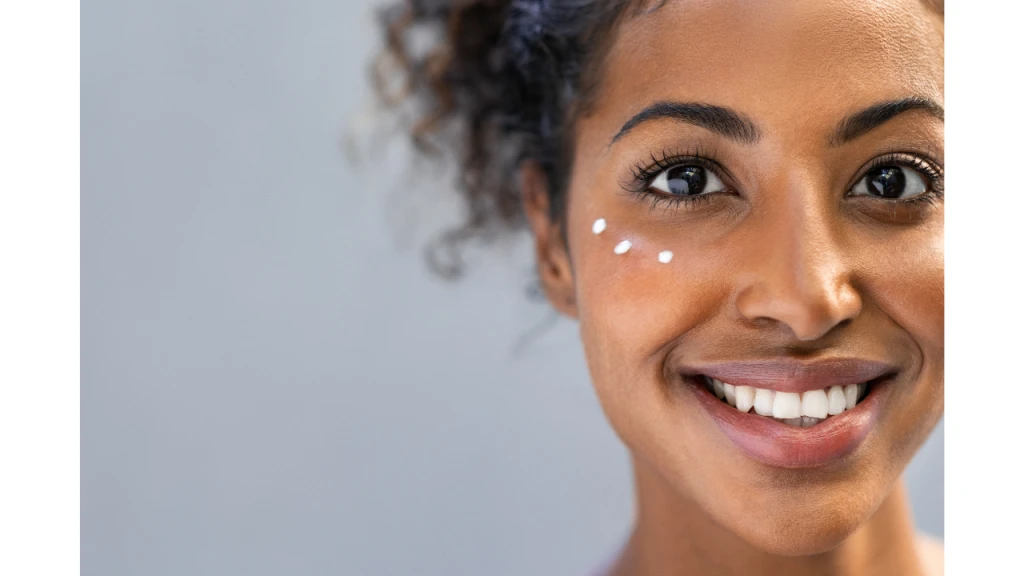
If you struggle with morning puffiness, look for an eye cream containing caffeine, which can help reduce swelling.
For dark circles, opt for a brightening formula with ingredients like vitamin C or peptides to lighten and firm the area.
Application Tips
To apply eye cream, use your ring finger (it’s the gentlest) to tap a small amount around the orbital bone.
Avoid getting too close to your lash line, as the product will naturally spread. This gentle tapping motion also helps increase circulation, which can reduce puffiness.
Step 5: Moisturize
No matter your skin type, moisturizing is a must. It locks in hydration, strengthens your skin barrier, and provides a smooth base if you wear makeup.
A good moisturizer also helps to seal in the layers of skincare products you’ve applied earlier, ensuring your skin stays hydrated throughout the day.
How to Find Your Perfect Moisturizer
Choose a moisturizer that fits your skin type. Gel-based moisturizers are ideal for oily or combination skin like mine, as they hydrate without feeling heavy.
Dry or sensitive skin types benefit from richer creams or balms that offer deep nourishment. If you’re sensitive to fragrances, look for fragrance-free options to avoid irritation. First Aid Beauty's Ultra Repair Cream available at Amazon.com, consistently gets good reviews.
Application Tips
Gently massage a pea-sized amount of moisturizer onto your face and neck using upward strokes. This helps prevent sagging over time and boosts blood flow, giving your skin a natural glow.
Step 6: Protect with Sunscreen
Contrary to popular belief, sunscreen isn’t just for a day at the beach. Sunscreen is the single most important step in your morning routine. It protects your skin from the sun’s harmful UV rays, which can cause premature aging, sunspots, and even skin cancer. Also contrary to popular belief is the idea that black skin is immune to sunburn.
Yes, melanin helps to protect the skin from harmful ultraviolet rays, but even with this protection, I’m always attentive to putting on my sunscreen before I go out for the day. Even on cloudy days or when you’re indoors, UV rays can still reach your skin.
SPF and Broad Spectrum Protection
For effective protection, choose a broad-spectrum sunscreen with at least SPF 30 like Tower 28 Beauty's SunnyDays Tinted Sunscreen from Amazon.com. This ensures that you’re shielded from both UVA and UVB rays.
Chemical vs. Mineral Sunscreen
There are two main types of sunscreen: chemical and mineral. Chemical sunscreens absorb UV rays and convert them to heat, while mineral sunscreens (like zinc oxide) form a physical barrier that reflects UV rays.
Mineral sunscreens are often better for sensitive skin, while chemical ones are lighter and less likely to leave a white cast.
Sunscreen Application Tips
Apply a generous amount of sunscreen to your face, neck, and any exposed skin about 15-20 minutes before heading outside. Don’t forget your ears and the back of your hands! Reapply every two hours if you’re spending a lot of time outdoors or sweating.
Skin-Type Specific Routines
While a general skincare routine is a great foundation, customizing it to your specific skin type can make a world of difference. Different skin types have unique needs, so choosing the right products is key to getting that radiant, healthy glow.
Oily/Acne-Prone Skin
If you’re dealing with excess oil or frequent breakouts, it’s all about finding products that help control shine without clogging your pores. Look for cleansers containing salicylic acid, as it helps gently exfoliate the skin and clear out pores.
Non-comedogenic, oil-free products are your best friend here—they minimize the risk of breakouts while keeping your skin balanced.
For moisturizers, choose a lightweight, gel-based formula that hydrates without feeling heavy. And when it comes to sun protection, opt for a mattifying sunscreen to keep that midday shine in check.
Dry/Sensitive Skin
If your skin tends to feel tight, flaky, or easily irritated, the focus should be on hydration and soothing ingredients. Choose a gentle, hydrating cleanser that won’t strip away your skin’s natural oils.
Adding a hydrating toner to your routine can provide an extra layer of moisture, preparing your skin for the next steps. A rich, creamy moisturizer will nourish and seal in hydration, leaving your skin soft and comfortable.
For sun protection, pick a sunscreen with hydrating ingredients to avoid drying out your skin further.
Combination Skin
Combination skin can be a bit tricky since different parts of your face have different needs. The T-zone (forehead, nose, and chin) might be oilier, while your cheeks could be drier.
To balance things out, you might want to use a foaming cleanser on oilier areas while opting for a creamier cleanser on drier spots. For moisturizers, consider using a lighter, oil-free formula on your T-zone and a richer cream on your cheeks.
This way, you’re catering to each area’s needs without overwhelming your skin.
Mature Skin
As skin ages, it tends to lose firmness and moisture, so incorporating anti-aging ingredients can help maintain a youthful glow.
Look for serums or treatments that contain retinol, but be cautious if you’re using it during the day—always follow up with sunscreen. Peptides and antioxidants are also great for boosting collagen production and improving elasticity.
A moisturizer that hydrates deeply and has anti-aging properties can help plump up your skin, reducing the appearance of fine lines and wrinkles.
Additional Tips for a Flawless Routine
Once you’ve got your routine down, there are a few extra tips to help you get the most out of your products and keep your skin in top shape.
- Patch Testing: It’s always a good idea to patch-test new products, especially if you have sensitive skin. This helps you avoid potential reactions before applying them all over your face.
- Layering: To maximize absorption, apply your products in order from the lightest to the heaviest consistency. This ensures that each layer penetrates effectively without being blocked by thicker products.
- Absorption Time: Give each product a minute or two to sink in before applying the next one. This simple step can make a big difference in how well your skin absorbs the benefits.
- Gentle Application: Be kind to your skin, especially around the delicate eye area. Use upward strokes and avoid tugging or rubbing, which can lead to irritation and premature wrinkles.
- Avoid Over-Exfoliating: While exfoliation can leave your skin feeling smooth, doing it too often can cause irritation and damage. Stick to a few times a week, depending on your skin type.
- Wait Before Makeup: If you wear makeup, wait about 5 minutes after applying your last skincare step (usually sunscreen) to let it fully absorb. This helps your makeup go on smoothly and last longer.
- Consistency is Key: Remember, a good skincare routine is all about consistency. Stick with it, and over time, you’ll see the benefits in healthier, more radiant skin.
Conclusion
Taking a few minutes each morning to care for your skin can make a big impact on how it looks and feels. A consistent morning routine doesn’t just set you up for glowing skin today—it’s an investment in your skin’s long-term health.
So why not start now? The sooner you commit to a routine that works for you, the sooner you’ll see those glowing results.

